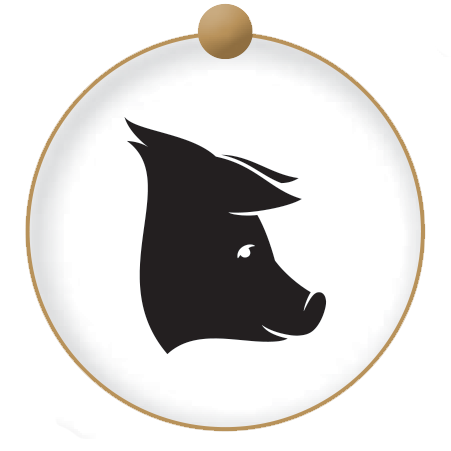PANNONIA FLOW DCO
At Pannonia Bio’s Dunaföldvár plant, the incoming corn is broken down into its constituent parts: starch is converted into bioethanol and protein into DDGS. The oil content of the corn is also extracted and sold under the Pannonia Flow DCO (Distillers Corn Oil) brand. In addition to being a source of energy, this high quality product is popular in the poultry and pig sector, and offers other additional benefits.
BENEFITS
- Rich in unsaturated fats, improves digestibility and absorption.
- Rich in lutein, zeaxanthin and xanthophyll, which contribute to the natural color of the egg yolk.
- At large farms it reduces the dusting of middlings, making feeding more cost effective.
- Improves the taste of the feed. It is also an excellent source of energy.
- Digestibility in pigs: above 94%
- Digestibility in poultry: above 95% (from the second week of age)
PRODUCTION
- Harvesting
- The feed corn processed by Pannonia Bio is mainly grown in local farms, adhering strictly to European sustainability criteria.
- Testing
- All corn shipments are lab-tested before arriving at the plant.
- Grinding & Separation
- The husk of the corn kernel is broken to access the starch. Following grinding, the fiber is separated and is used in other processes at the biorefinery.
- Cooking
- Starch is converted to sugars through the addition of enzymes.
- Fermentation
- Fermentation takes place with the help of enzymes and yeasts at a gentle temperature over a period of roughly 75 hours.
- Separation
- During separation, the suspension is divided into wet and solid fractions. The wet fraction is used for bioethanol production, and is also centrifuged to extract the oil content of the corn, which is sold under the Pannonia Flow DCO brand.
- Transportation
- The high quality finished product, Pannonia Flow DCO corn oil, is delivered by truck to feed blending plants.
RECOMMENDED APPLICATIONS
 |
 |
PRODUCT SPECIFICATION
Moisture min. 0,6%
Phosphorus <100 mg/kg
Iodine number (WIJS) 110 g Iodine / 100 g
Composition of fatty acids
C16:0 – 10-12%
C18:0 – 1,5-4%
C18:1 – 25-35%
C18:2 – 45-55%
C18:3 – <3%
*= Parameters are provided for information only.
 |
|
